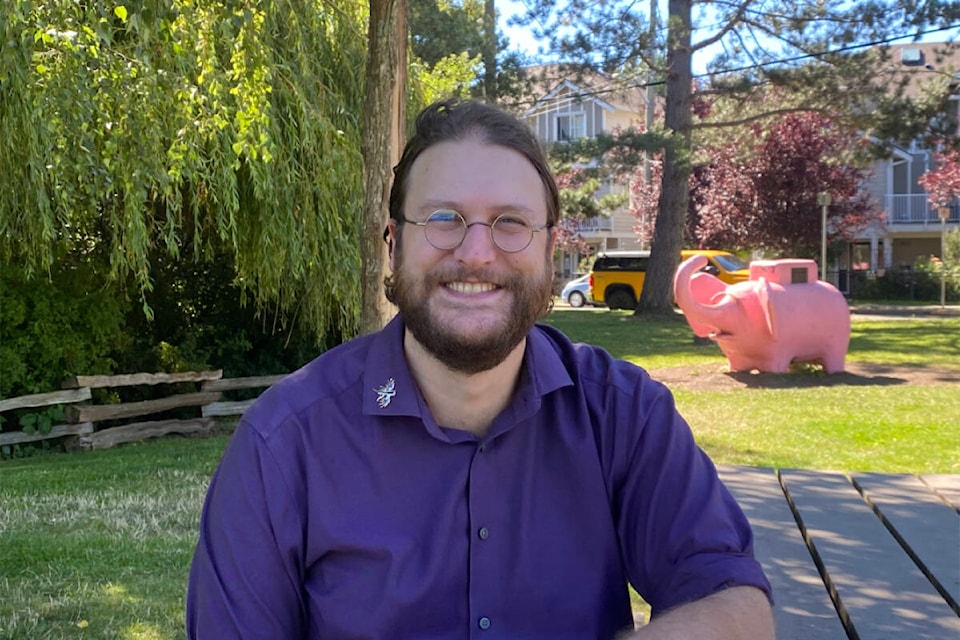During sizzling summer nights, homes are bound to get scorching hot.
To beat the heat, it’s only natural to open a window, but while sleeping one might be awoken by an after-market muffler on a vehicle zipping through a neighbourhood.
After-market mufflers are added to a vehicle after coming off the factory floor to intentionally make it louder, and it is just one of the vehicle noises that have kept Saanich residents up at night.
ALSO READ: LETTER: Target after-market exhaust merchants in Saanich, too
To combat this, Saanich Coun. Teale Phelps Bondaroff is presenting the idea of piloting noise cameras in the district.
The noise camera works similar to a red light camera, except it has a calibrated microphone. When a vehicle goes past the camera with a loud muffler, it will take a photograph, an audio recording, and that person will receive a ticket.
The feasibility and safety are benefits of the camera that appeal to Phelps Bondaroff.
“Cameras are an effective way of reducing cost and danger associated with roadside stops,” said the councillor. “If you have a camera, it’s a lot easier to take a picture, audio recordings and give tickets.”
According to Phelps Bondaroff, one of the challenges you have with vehicle noise pollution is enforcement.
“Right now, we have a complaint-based bylaw system. If someone is screaming through your neighbourhood in a sports car, there would have to be two people who call in that complaint before it would even be actionable from a bylaw perspective.”
Mentioning how hard it is to identify a noise, he added that “it’s really difficult to make a complaint for a vehicle you can’t see.”
The first roadblock that would have to be removed to implement a test of the cameras would be getting around the province’s set of rules and regulations it has for using traffic cameras. The council would have to figure out if they are allowed to do something to the Motor Vehicle Act (MVA) and legally pilot the cameras.
Under the MVA, it puts restrictions on loud, unnecessary noise, revving engines, after-market exhaust and wheel spins. There are different restrictions under the MVA for how loud a vehicle can be based on the type of vehicle. The typical car is allowed to have 83 decibels, whereas a heavy-duty gas vehicle is 88, motorcycles are 91, and then heavy-duty diesel vehicles can be up to 93 decibels. If an individual was found with exhaust that is too loud violating the regulations under the MVA, they’d receive a $109 ticket. Plus their vehicle would have to return to its original factory state if it violated the law.
Noise cameras have been used in several jurisdictions globally. In several parts of the UK, Australia, New York, Calgary, and Edmonton they have all been piloted. In jurisdictions that have done noise camera pilots, usually they start off not giving out tickets. Instead, they use it as an information-gathering tool to see how big the problem is.
“Edmonton is a really interesting example because they ran a pilot and learned some valuable lessons that we can take away,” said Phelps Bondaroff. “One of the biggest discoveries for Edmonton was don’t have a display board that says how loud the vehicles are going because they will go past it trying to get to as loud as possible. It seems like a really bad social experiment, which is a good lesson to know. If we were setting up a pilot, we would want to avoid doing that.”
ALSO READ: Friday night Langford car meets terminated due to noise complaints
